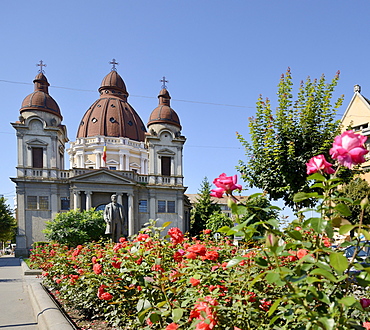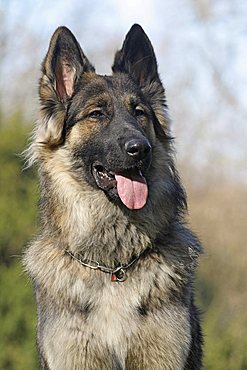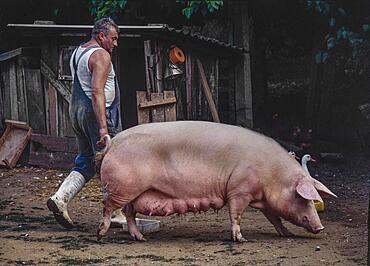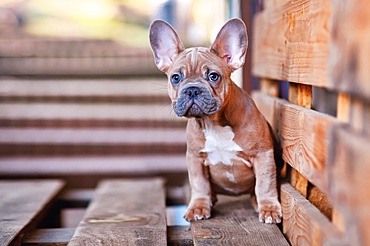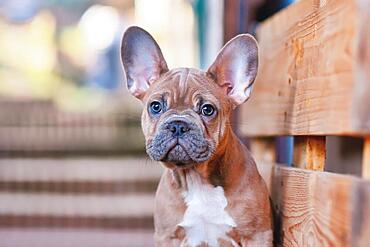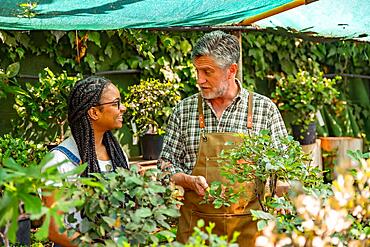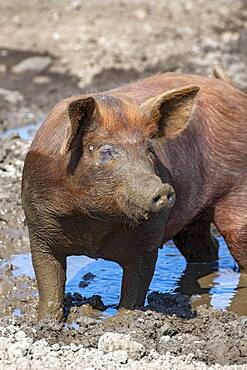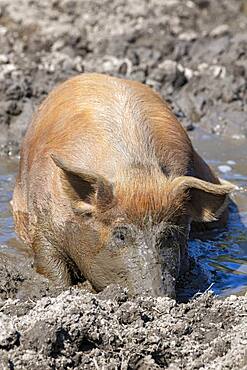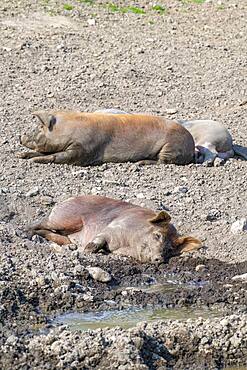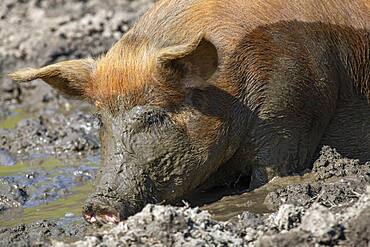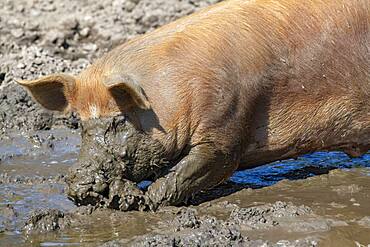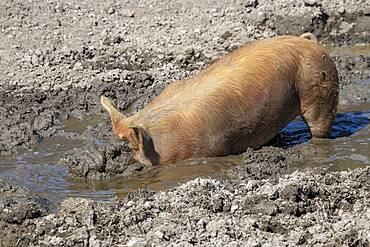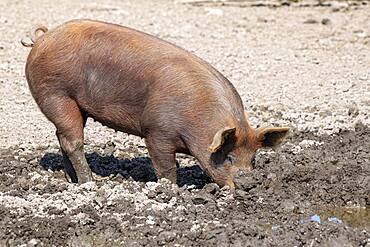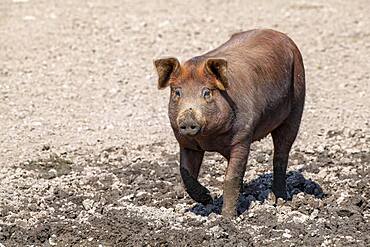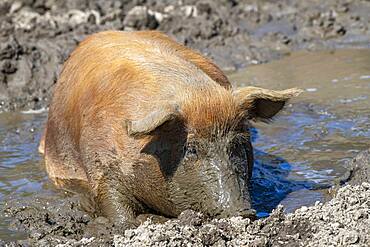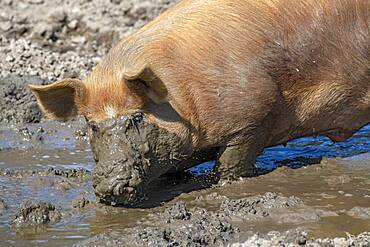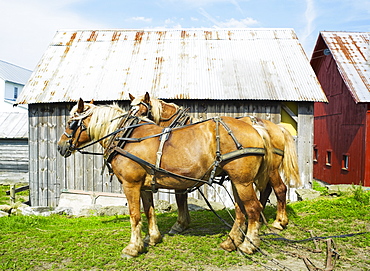Results
1 results found
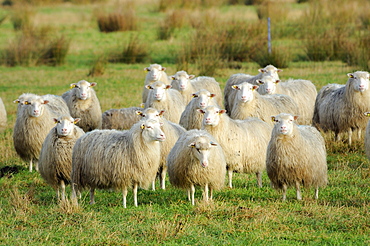
Diepholzer Moorschnucke (Moorland sheep) (Ovis aries), a rare old breed adapted to moorland living, Rehdener Geestmoor, Lower Saxony, Germany, Europe
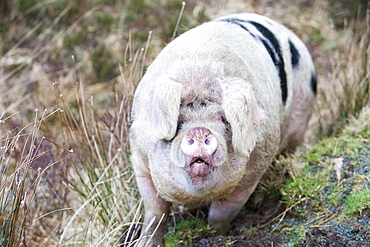
This Gloucester Old Spot Pig has the run of virtually the whole of the Isle of Raasay, but tends to stay on the northern end of the isle on Calums road near Arnish, Isle of Raasay, Scotland, United Kingdom, Europe

This Gloucester Old Spot Pig has the run of virtually the whole of the Isle of Raasay, but tends to stay on the northern end of the isle on Calums road near Arnish, Isle of Raasay, Scotland, United Kingdom, Europe
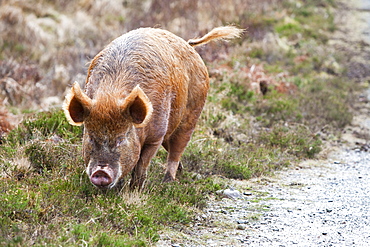
Tamworth Pig that has the run of virtually the whole island, but tends to stay on the northern end of the isle on Calums road near Arnish, Isle of Raasay, Scotland, United Kingdom, Europe

This Gloucester Old Spot Pig has the run of virtually the whole of the Isle of Raasay, but tends to stay on the northern end of the isle on Calums road near Arnish, Isle of Raasay, Scotland, United Kingdom, Europe

Tamworth Pig that has the run of virtually the whole island, but tends to stay on the northern end of the isle on Calums road near Arnish, Isle of Raasay, Scotland, United Kingdom, Europe
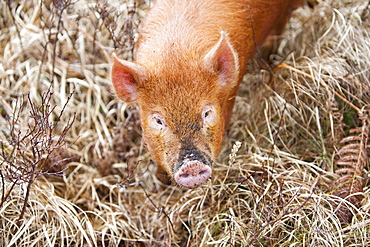
Tamworth Pig that has the run of virtually the whole island, but tends to stay on the northern end of the isle on Calums road near Arnish, Isle of Raasay, Scotland, United Kingdom, Europe
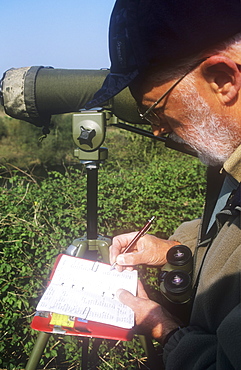
Tony Cooper a volunteer bird surveyor for the British Trust for Ornithology. Survey work undertaken over many years in the UK of birds has revealed birds reacting to climate change by changing range or starting to breed earlier.
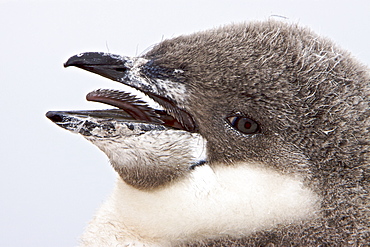
Chinstrap penguin (Pygoscelis antarctica) chick head detail at colony on Useful Island near the Antarctic Peninsula. There are an estimated 2 million breeding pairs of chinstrap penguins in the Antarctic peninsula region alone, perhaps as many as 7.5 million breeding pairs in all of Antarctica. Their name derives from the narrow black band under their heads which makes it appear as if they are wearing black helmets, making them one of the most easily identified types of penguin. Other names for them are "Ringed Penguins", "Bearded Penguins", and "Stonecracker Penguins" due to their harsh call. They grow to 68 cm (27 in). The average adult weight of a Chinstrap Penguin is 4.5 kg (10 lbs). Weight can range from 3 to 6 kg (6.6-13.2 lbs), with males being slightly larger and weight varying based on where the penguin is in the breeding cycle. Their diet consists of krill, shrimp, and fish. On land they build circular nests from stones, and lay two eggs, which are incubated by both the male and the female for shifts of five to ten days. They can also breed on icebergs, though they prefer non-icy conditions. The chicks hatch after about 35 days, and have fluffy gray backs and white fronts. The chicks stay in the nest for 20?30 days before they go to join a creche. At around 50?60 days old, they moult, gaining their adult plumage and go to sea. The Chinstrap Penguin was first described by German naturalist Forster in 1781. Its specific epithet was often seen as antarctica, however a 2002 review determined the genus Pygoscelis was masculine, and hence the correct binomial name is Pygoscelis antarcticus.
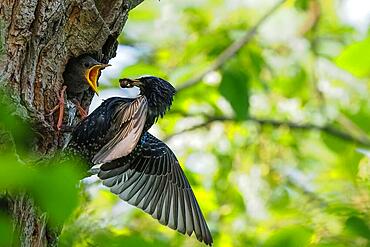
Common starling (Sturnus vulgaris), old bird feeding young bird at the breeding cavity, Hesse, Germany, Europe
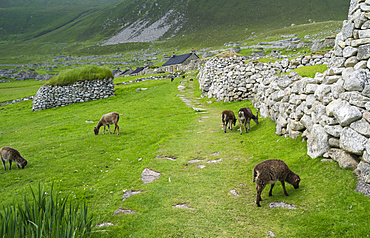
The islands of St Kilda archipelago in Scotland. Island of Hirta. Soay sheep a traditional and old breed of sheep unique to St. Kilda, now feral. It is one of the few places worldwide to hold joint UNESCO world heritage status for its natural and cultural qualities. Europe, Scotland, St. Kilda, July

Icelandic Horse in fresh snow in Iceland. It is the traditional breed for Icealnd and traces its origin back to the horses of the old vikings. Europe, Northern Europe, Iceland
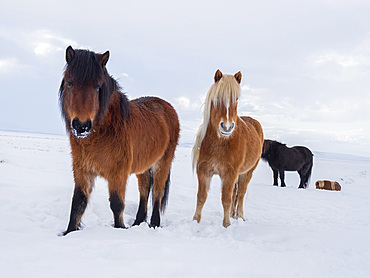
Icelandic Horse in fresh snow in Iceland. It is the traditional breed for Icealnd and traces its origin back to the horses of the old vikings. Europe, Northern Europe, Iceland

Icelandic Horse in fresh snow in Iceland. It is the traditional breed for Icealnd and traces its origin back to the horses of the old vikings. Europe, Northern Europe, Iceland
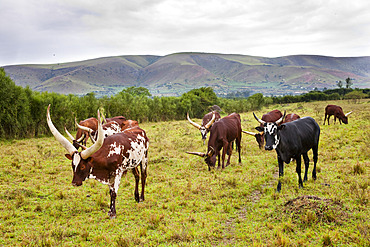
Ankole-Watusi cattle. It is an old african breed famous for its long horns often known as Cattle of Kings. In Uganda the Bahima still posess large herds of Ankole Cattle The ethnic group of the Bahima are traditional pastoralist and herdsmen like the Maasai, Masai in kenia. However they are not defiantly traditional and blend tradition with the economy of today. Afrika, East Africa, Uganda, Ankole, Mbarara

